Get clicked, opened, read and shared — and more
Want to write better stories? More persuasive messages? Otherwise boost your writing skills?

As we plan our upcoming Master Classes, I’ve been creating a lot of new slides. Here’s a sneak peek at some of my favorites:
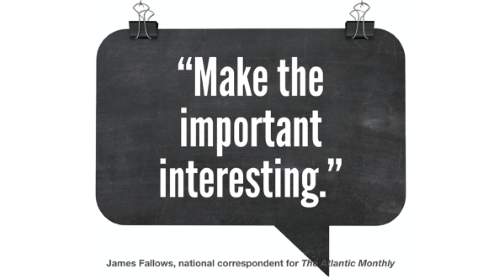
1. Make the important interesting. It’s not enough that your message be important. To get attention, you need to make those important messages interesting. So use storytelling, metaphor, wordplay and other creative techniques.
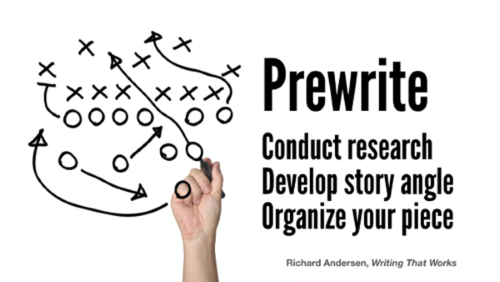
2. Don’t forget to prewrite. Getting ready to write is the most important step in the writing process. But too many writers gloss over it — or worse, skip it altogether. So before you hit the keyboard, conduct research, develop your story angle and organize your piece. You’ll soon find yourself Writing Better, Easier and Faster.
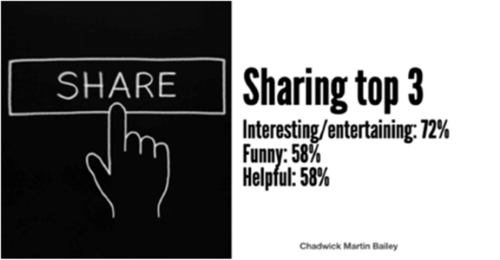
3. Write content that’s relevant, valuable and interesting. That’s what people read and share. Are you writing content-marketing pieces that make readers laugh or that help them live their lives better? Or are you just blah-blahing about your latest widget?

4. Reach nonreaders with words. “Readers” read, on average, 20% of the words on a webpage, according to the Nielsen Norman Group. So how do you reach nonreaders with words?
Pass The Skim Test. Make sure readers can get the gist of your message without reading a single paragraph. That means embedding key messages in headlines, decks, subheads, links, lists, bold-faced lead-ins and other display copy.

5. Tailor, don’t just personalize, subject lines. For higher open rates, go beyond, “Hey, Ann.” So add a second data point to your subject line. That will multiply your campaign success by 10 times, according to Eloqua.
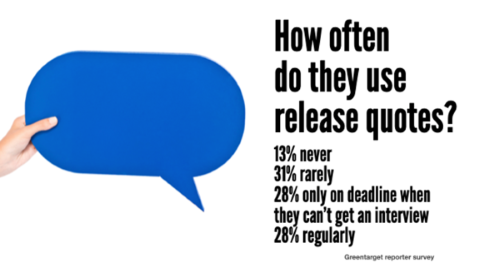
6. Make sound bites sound better. One-quarter of journalists rank quotes the least important element in a news release — after the boilerplate and the dateline. Make your sound bites more compelling by focusing on the end user.
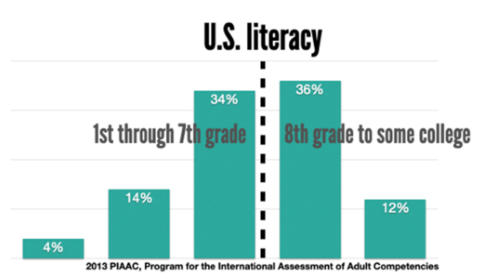
7. Half of your audience members can’t read at the 8th-grade level. Write at that level, and you’ll miss 50% of your readers. To reach all of your readers, however well they read, hit Flesch Reading Ease of 60 to 70.
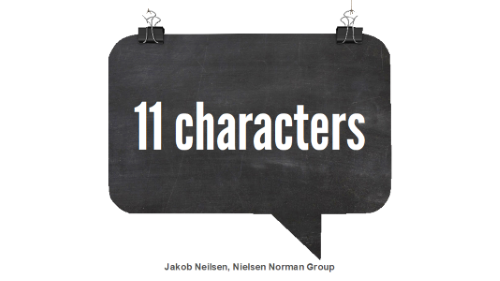
8. Front-load your web heads. On search engine results pages, newsrooms and other story lists, people read only the first couple of words of your headline. If they don’t get your key message, chances are, they won’t click.
So draw readers in by front-loading your web headlines. Move the topic to the top of your headline so readers get the gist of your message in the first 11 characters.